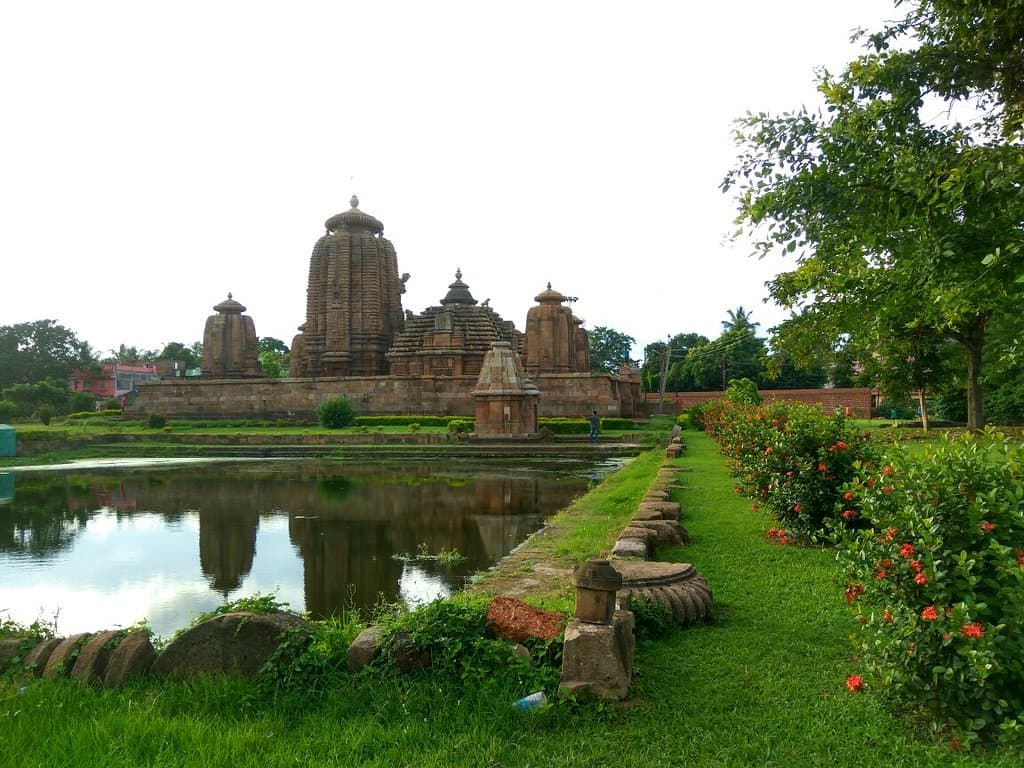
Brahmeswar Temple
An 11th-century sandstone marvel of Kalinga architecture, famed for its intricate carvings and peaceful ambiance.
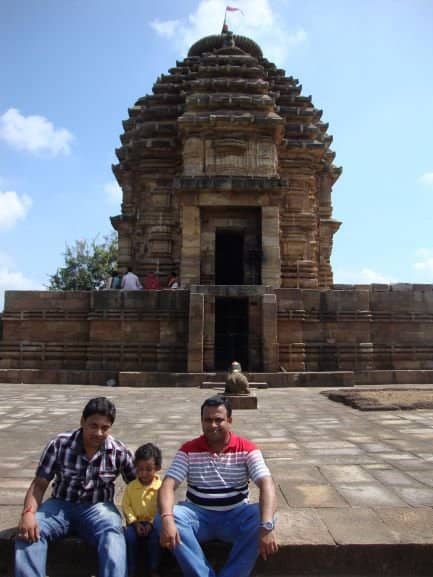
Highlights
Must-see attractions
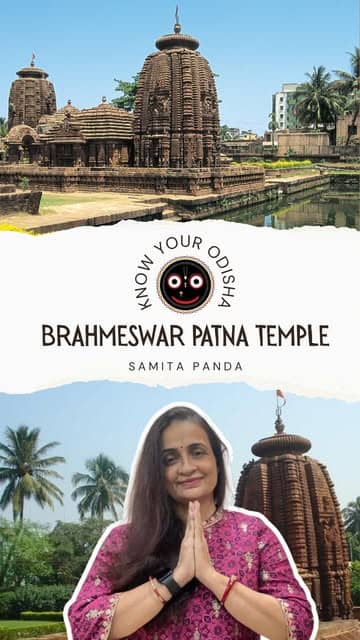
Social
From TikTok & Reddit
Best Time
Best light for photos

Brahmeswar Temple
Best Time
Best light for photos

Highlights
Must-see attractions
An 11th-century sandstone marvel of Kalinga architecture, famed for its intricate carvings and peaceful ambiance.
"A temple complex that'll take you back in time with beautiful sculptures and an extremely peaceful vibe."
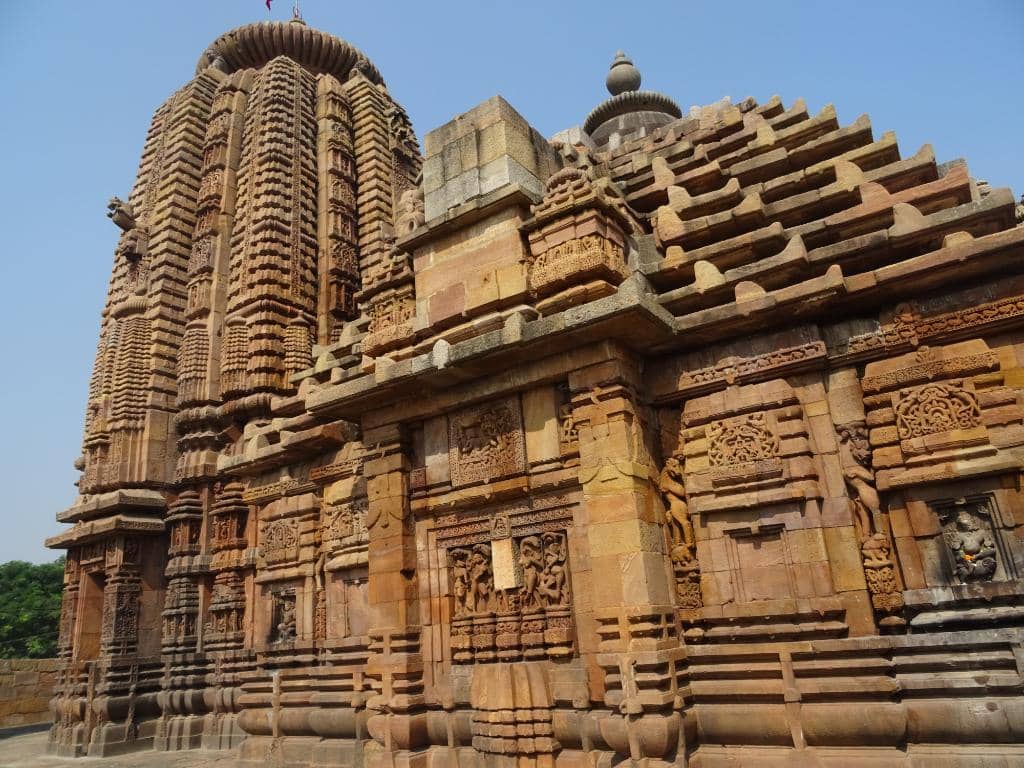
🎯 Arrive during Golden Hour
Capture the temple's beauty in the soft light of sunrise or sunset for stunning photos.
🚶♂️ Explore the 5 Shrines
Don't miss the main temple and its four surrounding subsidiary shrines.
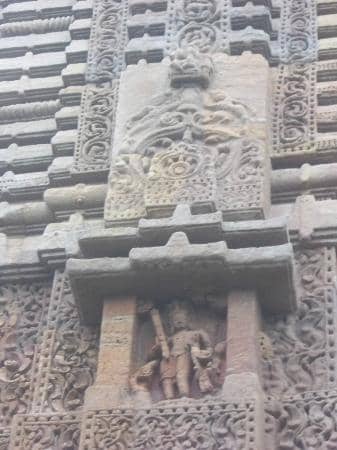
Highlights
Discover the most iconic attractions and experiences
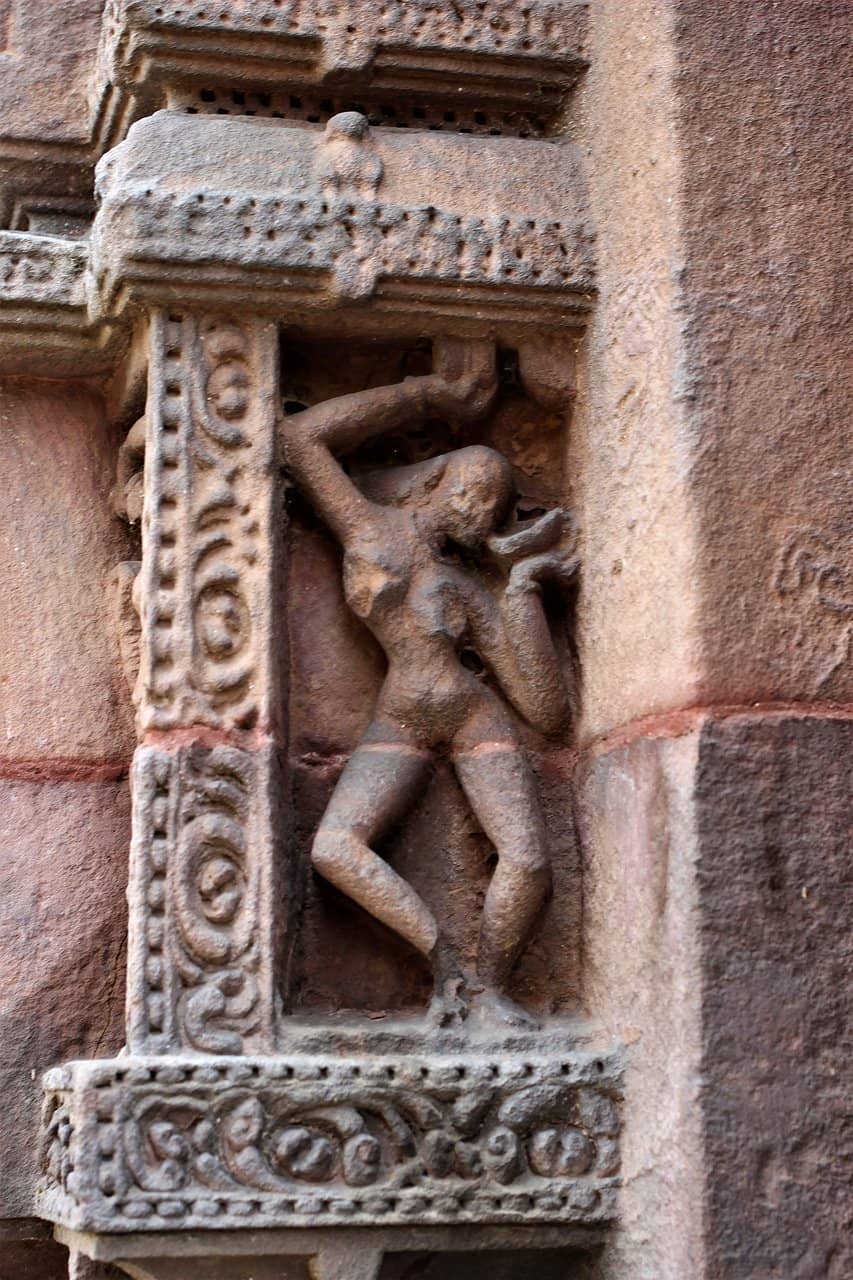
Ornate Sandstone Carvings
Marvel at the intricate sculptures of dancers, gods, and surasundaris adorning the temple walls, a testament to ancient artistry.
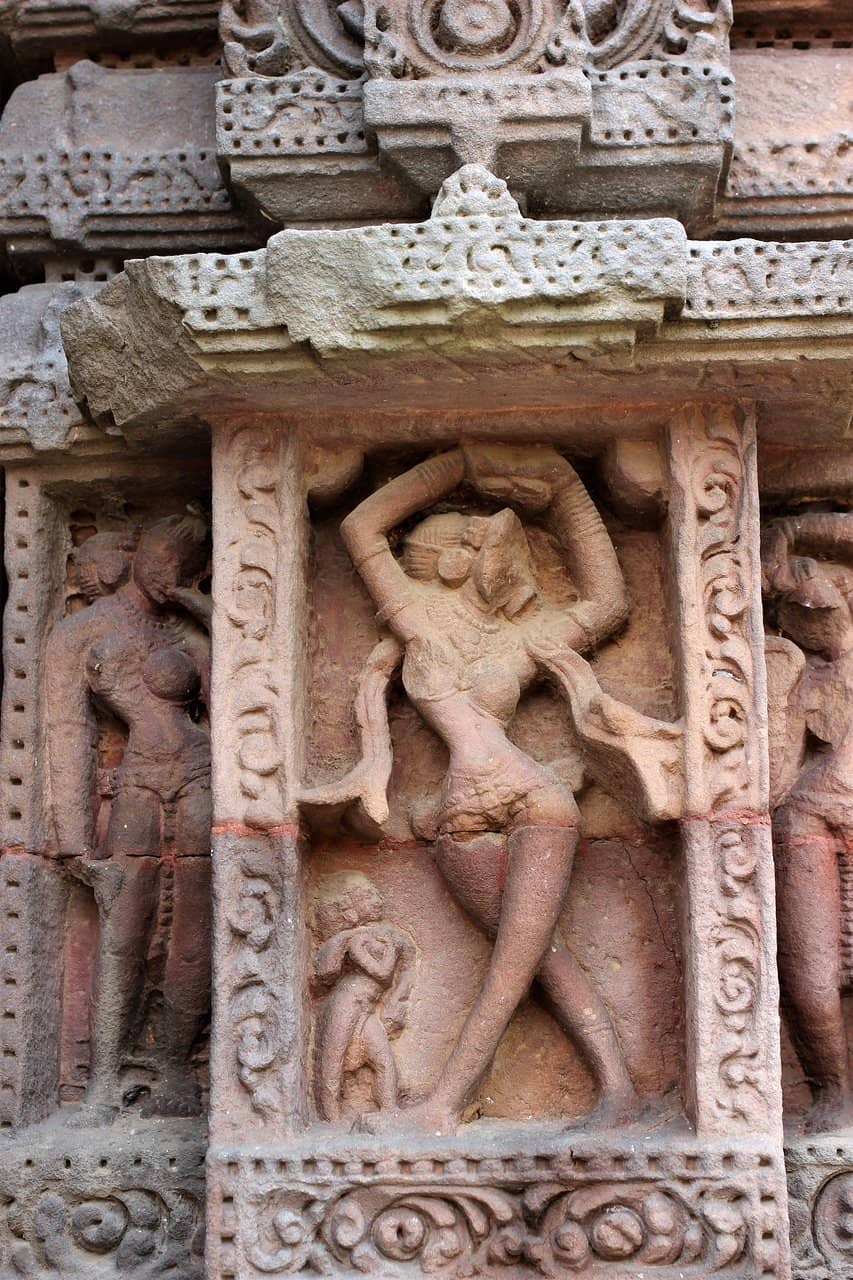
Panchatanaya Temple Complex
Discover the main shrine surrounded by four subsidiary temples, showcasing a unique architectural layout.
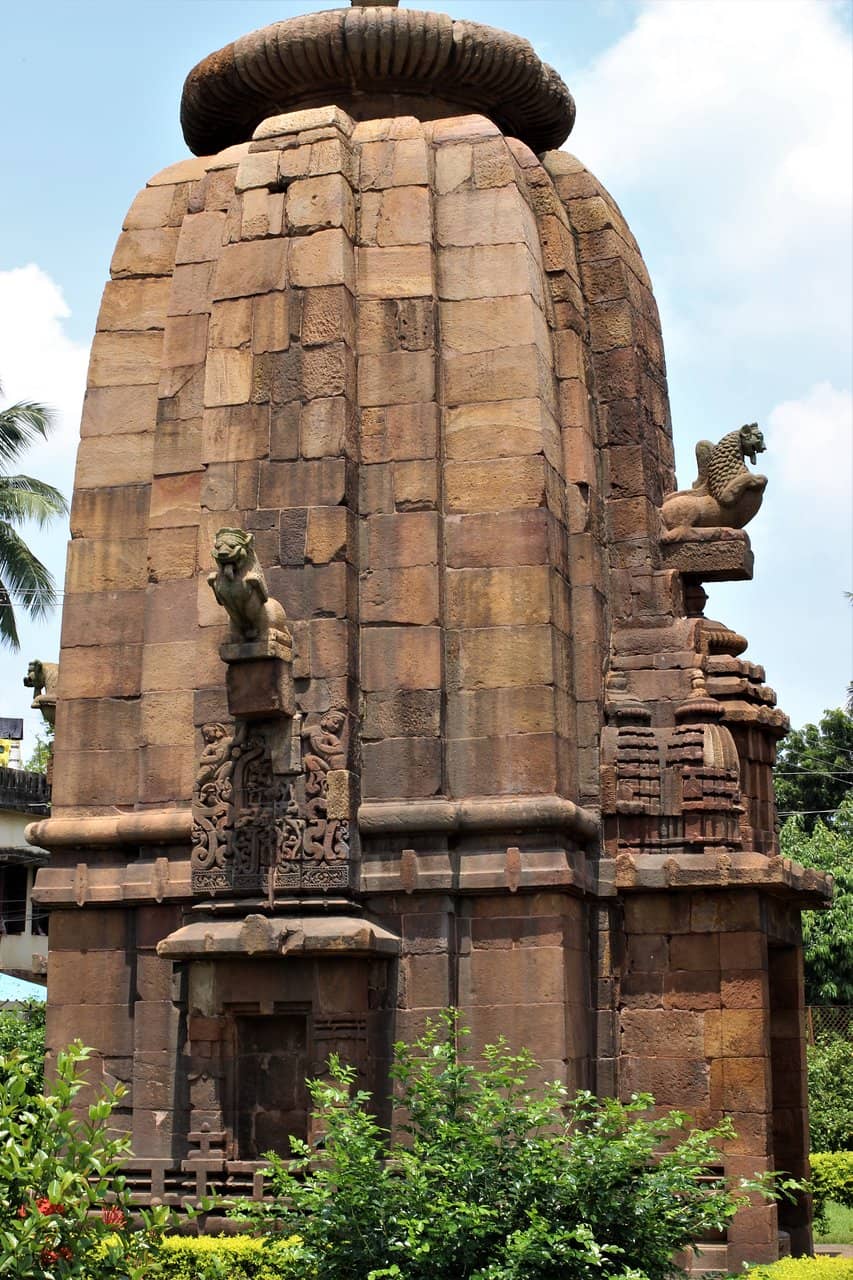
Rekha Deul Spire
Admire the tall, curvilinear spire of the main temple, a classic feature of Kalinga architecture.
Plans like a pro.
Thinks like you
Planning Your Visit
Timing is Key for Tranquility
Explore the Architectural Marvel
Best Times
Insider Tips
from TikTok, Instagram & Reddit
🎯 Arrive during Golden Hour
Capture the temple's beauty in the soft light of sunrise or sunset for stunning photos.
🚶♂️ Explore the 5 Shrines
Don't miss the main temple and its four surrounding subsidiary shrines.
🏛️ Appreciate Kalinga Architecture
Take time to admire the detailed sculptures and unique design elements.
🆓 Free Entry
Enjoy the temple's beauty without any admission fee.
Tips
from all over the internet
🎯 Arrive during Golden Hour
Capture the temple's beauty in the soft light of sunrise or sunset for stunning photos.
🚶♂️ Explore the 5 Shrines
Don't miss the main temple and its four surrounding subsidiary shrines.
🏛️ Appreciate Kalinga Architecture
Take time to admire the detailed sculptures and unique design elements.
🆓 Free Entry
Enjoy the temple's beauty without any admission fee.
What Travellers Say
Reviews Summary
Visitors praise Brahmeswar Temple as a peaceful, well-maintained sanctuary showcasing exquisite Kalinga architecture and intricate carvings. Its historical significance and free entry make it a highly recommended stop for those exploring Bhubaneswar's temple heritage.
"A temple complex that'll take you back in time. Beautiful sculptures. Extremely peaceful place. Suggested visiting time would be golden hours or if you're going there during rainy days then you can visit in noon also. Also Do check my ig-atul_something as i have covered all the ancient temples of Bhubaneswar there & made sort of a catalogue."
Debi prasad Sundaray
"The Brahmeswar Temple in Bhubaneswar is a masterpiece of Kalinga architecture, standing as a testament to Odisha’s rich heritage. Built in 1058 CE by Kolavati Devi, the mother of Somavamsi king Udyotakesari, this temple marks an important transition in temple design, showcasing intricate craftsmanship and artistic excellence.
Carved out of sandstone, the temple is dedicated to Lord Shiva and features breathtaking sculptures of celestial dancers, musicians, and mythological figures. The introduction of iron beams in construction and the first use of surasundaris (heavenly maidens) on temple walls make it a significant milestone in temple architecture.
Surrounded by smaller shrines, Brahmeswar Temple’s sanctum enshrines a powerful Shiva Lingam, drawing devotees and history lovers alike. The temple’s rekha deul (curvilinear spire) and the exquisite nagara-style carvings tell stories of devotion, art, and cultural grandeur. Even after nearly a thousand years, it remains a serene and spiritual landmark in Bhubaneswar, the City of Temples."
Dibyasingha Moharana
"This is one if the most elaboratedly done temple in Bhubaneshwara. It has one main Shiva temple and four other small temples around it. The main temple has very breathtakingly beautiful carvings, which are mostly in good condition. As its a bit far from city center, many tourist do not come here, but you should not miss it."
Divyesh Wadke
What People Like
What People Dislike
Frequently Asked Questions
🚇 🗺️ Getting There
Brahmeswar Temple is located in Bhubaneswar, the 'City of Temples'. You can reach it by auto-rickshaw or taxi from the city center. It's a bit further from the main tourist hubs, so factor in travel time.
While direct public bus routes might be limited, auto-rickshaws and ride-sharing services are readily available and offer a convenient way to reach the temple.
Many visitors opt for auto-rickshaws for a flexible and affordable way to hop between the various ancient temples, including Brahmeswar.
🎫 🎫 Tickets & Entry
No, there is no ticket or entry fee to visit Brahmeswar Temple, making it an accessible cultural experience for all.
The temple is generally open to visitors throughout the day, allowing for flexible planning. However, it's always a good idea to check for any specific timings or restrictions, especially around religious ceremonies.
Since there is no entry fee, advance booking is not required. You can visit the temple at your convenience during its open hours.
🎫 🧭 Onsite Experience
Brahmeswar Temple is a masterpiece of Kalinga architecture, known for its intricate sandstone carvings, a curvilinear spire (rekha deul), and a unique panchatanaya layout with four subsidiary shrines. It also features early use of surasundaris on temple walls.
The temple walls are adorned with exquisite sculptures depicting celestial dancers, musicians, gods, and scenes from daily life, showcasing the artistic prowess of the era.
Yes, many visitors describe Brahmeswar Temple as an extremely peaceful place, especially if visited during off-peak hours or the golden hours.
The Mahadeepa ceremony, often associated with Maha Shivaratri, involves lighting a sacred lamp atop the temple spire, a significant ritual for devotees.
The Archaeological Survey of India (ASI) is responsible for maintaining the temple, and visitors often commend its upkeep, noting it's well-maintained.
📸 📸 Photography
The golden hours, shortly after sunrise and before sunset, offer the most beautiful light for capturing the temple's intricate carvings and architecture.
Generally, photography is allowed in the temple complex, but it's always wise to be respectful of worshippers and avoid intrusive photography, especially inside the main sanctum.
A versatile lens, such as a 24-70mm, is useful for capturing both wide shots of the complex and details of the carvings. A tripod might be helpful for low-light conditions during golden hours.
For Different Travelers
Tailored advice for your travel style
👨👩👧 Families with Kids
Consider turning the visit into a scavenger hunt for specific carvings or architectural features to keep kids entertained. The peaceful atmosphere also makes it a good spot for a quiet family outing. Remember to dress respectfully, covering shoulders and knees, as it is a place of worship.
🏛️ History Buffs & Architecture Enthusiasts
Delve into the historical context, understanding its commissioning by Queen Kolavati Devi and its connection to the Somavamsi dynasty. The temple's construction, including the use of iron beams, offers insights into medieval engineering. Comparing it to other temples in Bhubaneswar, like Lingaraj, can provide a deeper appreciation for its unique characteristics.
📸 Photographers
Experiment with different focal lengths to capture both wide-angle shots of the complex and close-ups of the detailed artwork. The panchatanaya layout offers interesting compositional possibilities. Be mindful of worshippers and avoid intrusive photography, especially within the main shrine.
Deep Dives
In-depth insights and expert knowledge
A Glimpse into Kalinga Architecture
The temple's layout is also noteworthy, being a panchatanaya temple. This means it has a main shrine and four subsidiary shrines located at the four corners of the complex. This arrangement is not only aesthetically pleasing but also holds religious significance. The introduction of iron beams in its construction is another historical detail that marks Brahmeswar Temple as a transitional structure in temple engineering.
Beyond its structural elements, the temple is celebrated for its ornate carvings. These detailed sculptures depict a variety of subjects, including celestial dancers, musicians, gods, and mythological scenes. The inclusion of surasundaris (heavenly maidens) on the temple walls is a notable feature, adding a layer of artistic richness and narrative to the sacred space. These carvings offer invaluable insights into the art, culture, and religious beliefs of the era.
The Historical Context and Commissioning
The temple's dedication to Lord Shiva is evident in its iconography and the presence of a Shiva Lingam in the sanctum. Its construction marked a period of artistic and architectural advancement in Odisha. The temple's relatively good condition after nearly a millennium is a testament to the quality of its construction and the efforts of its caretakers.
Brahmeswar Temple is often considered a significant milestone in the evolution of temple architecture in the region. Its blend of traditional elements with innovative construction techniques and its rich sculptural program make it a vital site for understanding the history and art of medieval India.





Social
from TikTok, Instagram & Reddit